Small batch vacuum casting processing and injection molding are two different manufacturing processes with distinct advantages and disadvantages. Let's explore them:
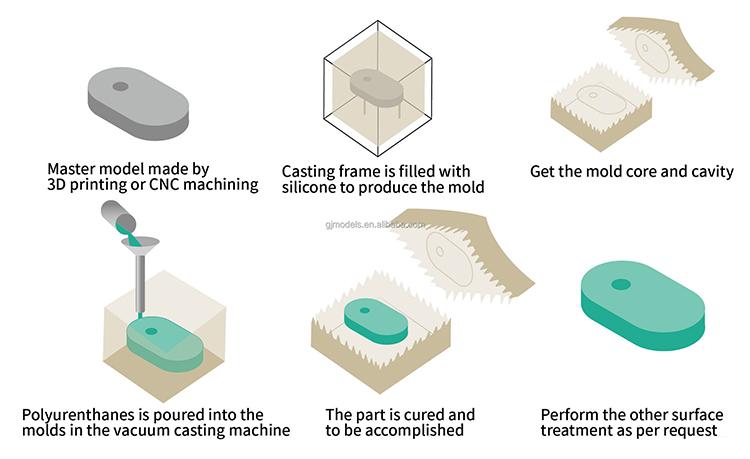
Low Cost for Small Production Runs:
Vacuum casting is cost-effective for small production quantities compared to injection molding, which often requires expensive molds.
Quick Turnaround:
The lead time for producing molds in vacuum casting is relatively short, making it suitable for rapid prototyping and small batch production.
Variety of Materials:
Vacuum casting supports a wide range of materials, including polyurethane resins,ABS,PP,PC,PMMA,soft rubber,ect., which allows for flexibility in product development.
Detailed and High-Quality Parts:
Vacuum casting can achieve intricate details and high surface quality, making it suitable for producing complex prototypes or small parts.
Low Setup Costs:
The setup costs for vacuum casting are generally lower compared to injection molding, which requires expensive tooling.
Limited Production Quantity:
Vacuum casting is not suitable for large-scale production due to the time-consuming nature of creating molds and the manual casting process.
Material Limitations:
While vacuum casting supports a variety of materials, it may not be suitable for high-temperature or high-pressure applications compared to some materials used in injection molding.
Labor-Intensive:
The process involves manual labor for creating molds and casting, which may increase the cost and time required.
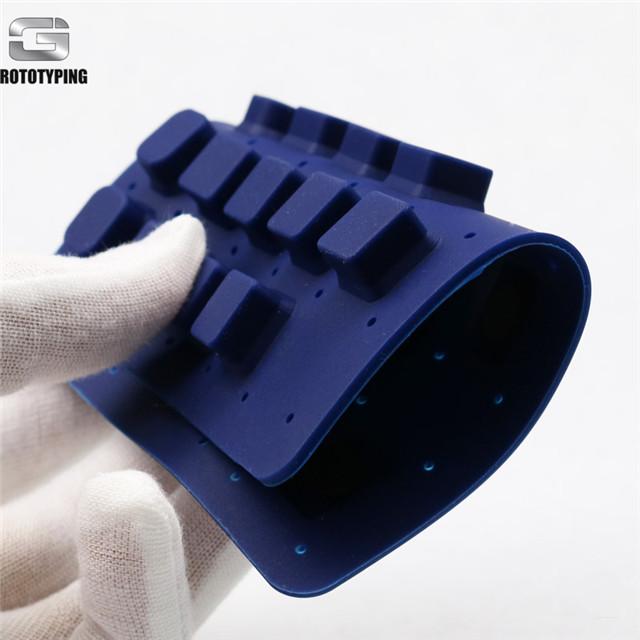

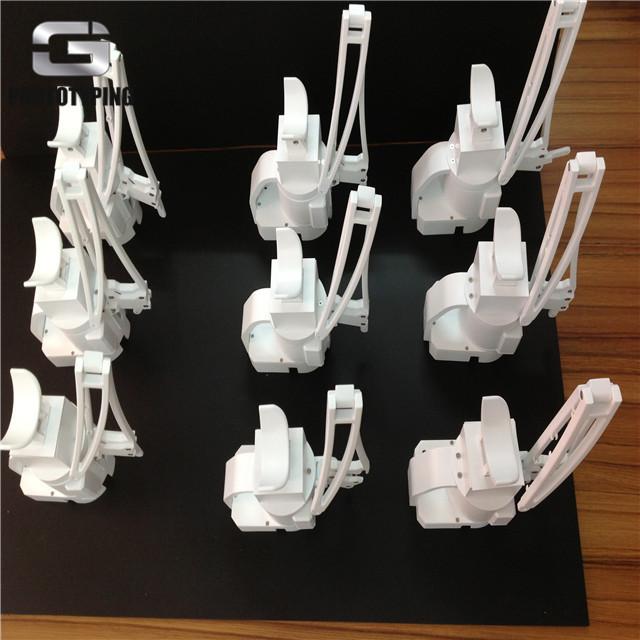
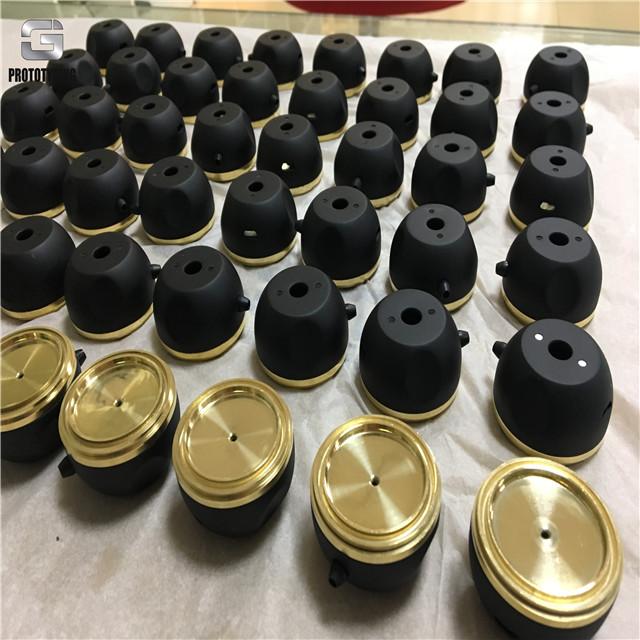
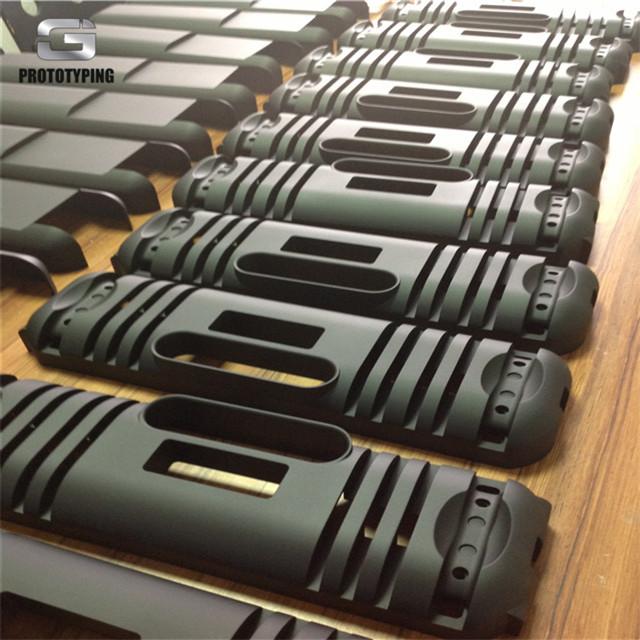
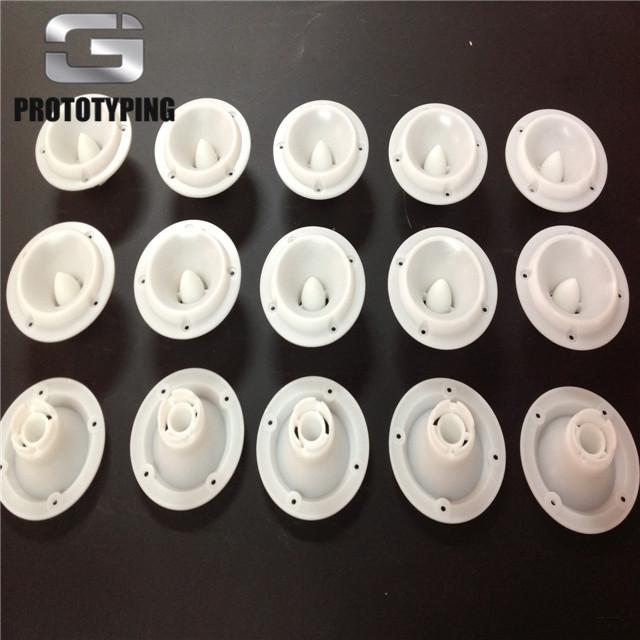
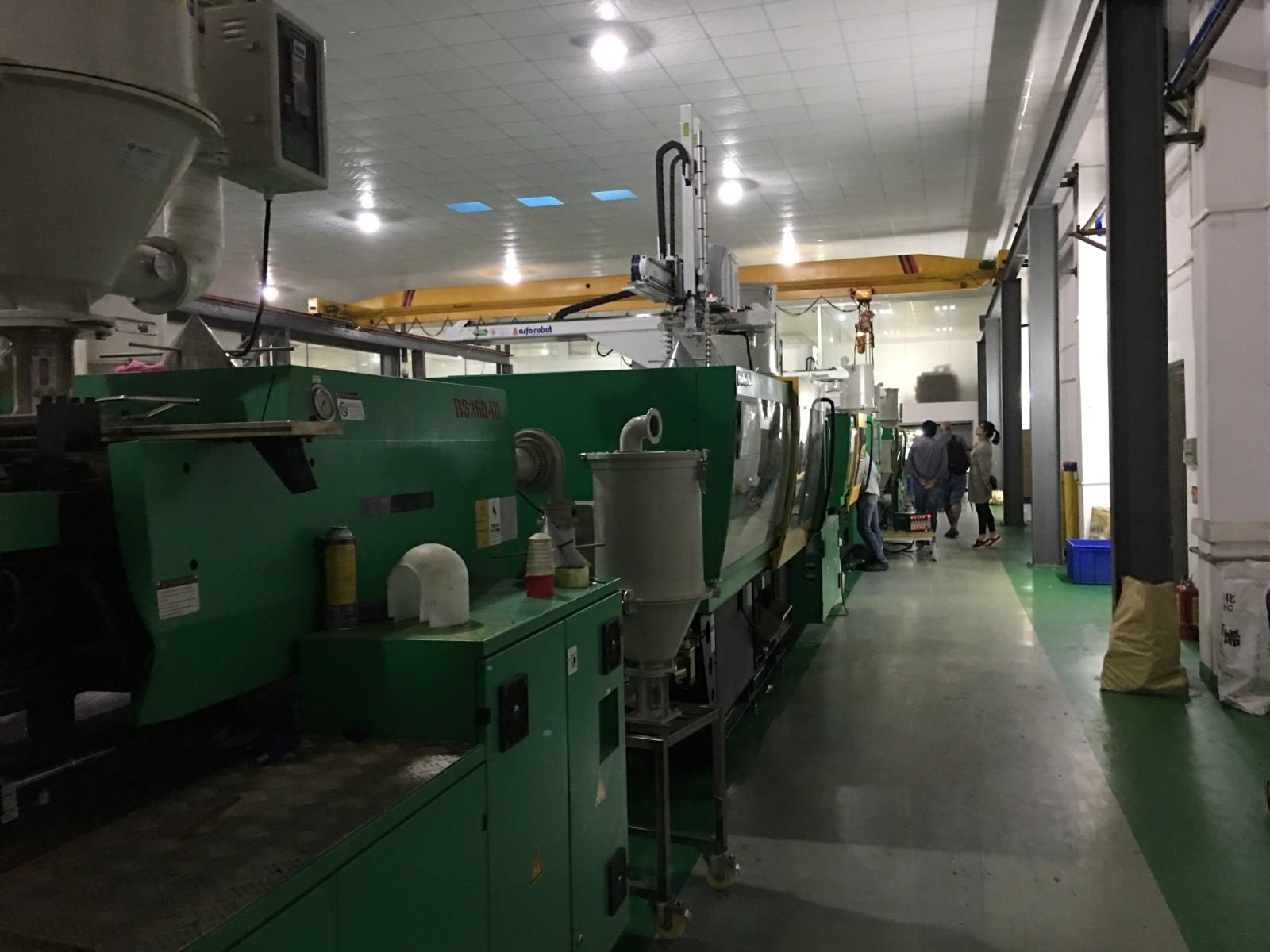
![]()

High Production Volume:
Injection molding is ideal for mass production, as it allows for the rapid and consistent production of large quantities of identical parts.
Low Cost per Unit for Large Runs:
Once the mold is created, the cost per unit decreases significantly for large production volumes, making it cost-effective in high-volume manufacturing.
Wide Range of Materials:
Injection molding supports a broad range of materials, including engineering-grade plastics, which makes it suitable for various applications.
High Precision and Tolerance:
Injection molding can produce highly precise and dimensionally accurate parts with tight tolerances.
High Initial Setup Costs:
The creation of molds in injection molding can be expensive and time-consuming, making it less economical for small production runs.
Long Lead Times:
The initial setup, including mold creation, can result in longer lead times compared to processes like vacuum casting.
Not Suitable for Prototyping:
The high upfront costs and time associated with creating molds make injection molding less suitable for rapid prototyping or small-scale product development.
In summary, the choice between small batch vacuum casting and injection molding depends on factors such as production volume, material requirements, lead times, and cost considerations. Small batch vacuum casting is more suitable for low-volume production and prototyping, while injection molding excels in large-scale
Copyright © 2025 Design by Gaojie Model | Sitemap